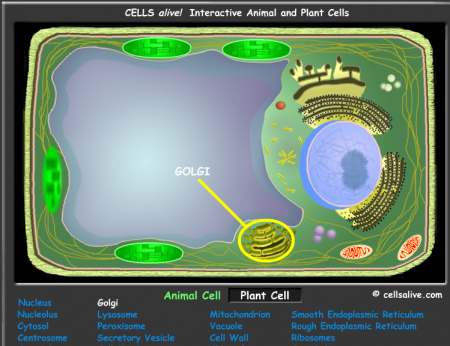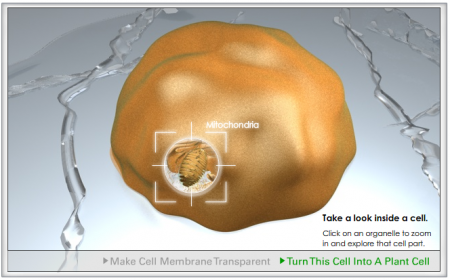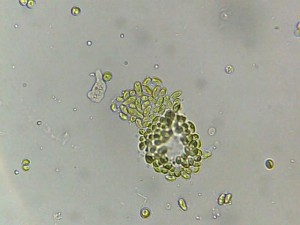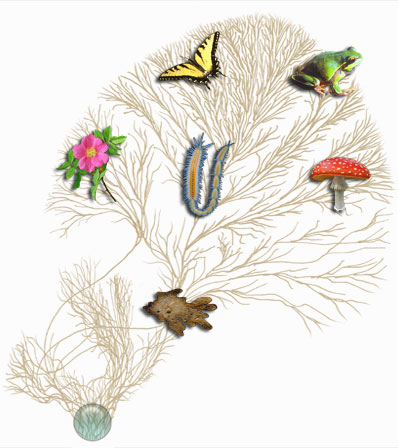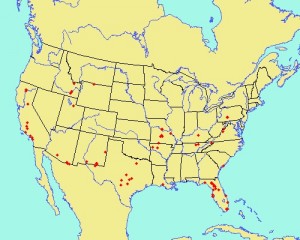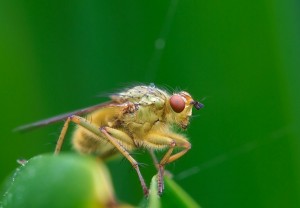Life has four needs, six characteristics and sixteen patterns, but things only get really interesting with viruses that straddle the line between life and non-life. You can run into similar problems when you ask the question of what makes us human.
Both these questions come up in stories like Pinocchio, and any number of robot books, such as John Sladek’s Roderick. Probably because good books go a lot farther in describing characters rather than appearances, you often start with the question, are they sentient and then backtrack to the question of if they’re alive or not.
Interestingly, many of my students equate the question, are they sentient, with the query, are they human? (A fascinating result given the propensity of humanity to divide into groups based on looks.) Which gives rise to the interesting conundrum, can something/someone be “human” and still not alive? We’ve had some fascinating discussions around that question too.

A great place to encounter these issues is in Mary Shelly’s novel Frankenstein, which also nicely ties-in with the science curriculum since you will probably find it useful to draw out the Frankenstein family tree to keep track of the story. In addition, the historical setting of the book relates to social world issues as the book describes life in the early 19th century, and you realize that the issue of our relationship with technology and science was coming up 200 years ago.

A lighter variant on Frankenstein is Terry Pratchett’s Feet of Clay. It’s a story about golums who are powered only by the words in their head. Unlike Asimov’s three rules of robotics the words are not literal instructions like the programmer’s code, they can be much more metaphorical, like a receipt. Yet, in the end, many of the same questions about life and humanity arise.
